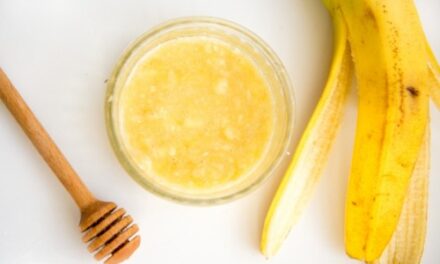Off-grid living is a challenging yet rewarding way to live. Though going fully into it isn’t for everyone, there are lots of tricks and tips we can all take from life without limitless electricity. One that can be very useful for many is the off-grid washing machine.
For example, some apartments don’t come with a washer and dryer, and the constant cost of using laundromat machines can add up over a year. Additionally, those with washing machines don’t always need to run a huge load, and it can be much more energy-efficient and resource-conscious to use an off-grid set-up for washing a few items at a time. It’s also great for camping trips.
Since we are washing this way, it’s a lot of fun to make and more environmentally friendly to use natural DIY products for our household duties. Making laundry detergents, fabric softeners, whiteners, and stain removers are easy for anyone, and it is yet one more way we can be more active stewards of the planet.
The Off-Grid Washing Machine

Source: thenewsurvivalist/Youtube
Of course, many people in less developed countries still wash by hand, and while that is certainly an option, making an off-grid washer is inexpensive and it’s really easy to use.
The washing “machine” begins with a washer plunger, which looks like a modified toilet plunger. The heads of these plungers, though, are designed to agitate the water and push detergent through clothing. These are readily available online and usually cost between 30 and 40 dollars.
In addition to the plunger, it helps to have a couple of five-gallon buckets. One bucket is to hold water and wash the clothes in. The other is to drain and partially ring out clothing once it has been washed, the spin cycle, so to speak. The draining bucket—not entirely necessary—should have holes drilled into the bottom of it.
Using the Off-Grid Washer
Using the off-grid washer requires much less water than electric washing machines, and it only requires water and detergent.
- Put the clothes and detergent into the bucket. Leave at least the top third of the bucket empty.
- Fill it with water and plunge away for about three minutes or more, reaching in every minute or so to shift the clothes by hand.
- Drain away the dirty water in the draining bucket.
- Put the clothes back in the washing bucket and fill it with clean water. Plunge again.
- Drain, and repeat step #4 a second time.
- Finally, dump the clothing into the drain bucket and press the water out of them by putting the washing bucket into the draining bucket and pushing it down.
This will get clothes clean and ready to dry.
Making Your Own Laundry Detergent

Source: Fairyland Cottage/Youtube
There are many ways to make laundry detergent, scented and unscented, powder and liquid, with only a handful of natural ingredients. Essentially, washing soda and castile soap can make an effective detergent. Use a bar of castile soap for powder or liquid castile soap for liquid.
For more powerful detergents, DIYers can add natural ingredients like borax for whitening powder and baking soda for neutralizing strong smells. A preliminary stain remover similar to OxiClean can be made with water, hydrogen peroxide, and washing soda.
For a fabric softener, a bit of white vinegar infused with essential oils can be included in the first rinse cycle, or it can be sprayed onto damp clothes before drying them.
Ditching the Dryer
Dryers are even more energy-intensive and environmentally problematic, so the last step to doing a load of off-grid laundry is to dry them without a dryer.
That begins, as stated above, with pressing the water out of the clothing with our washing bucket pushed into the draining bucket. Then, we ring each individual item of clothing out as much as possible.
Finally, we turn to that classic (and often beloved) method of drying: hanging the clothing out.
A clothing line can easily be strung between two trees or two posts. For those with less access, a clothing horse, aka clothes drying rack, can cost as little as 20 dollars.
And that’s how to do an off-grid load of laundry with homemade laundry products. It’s really easy.



